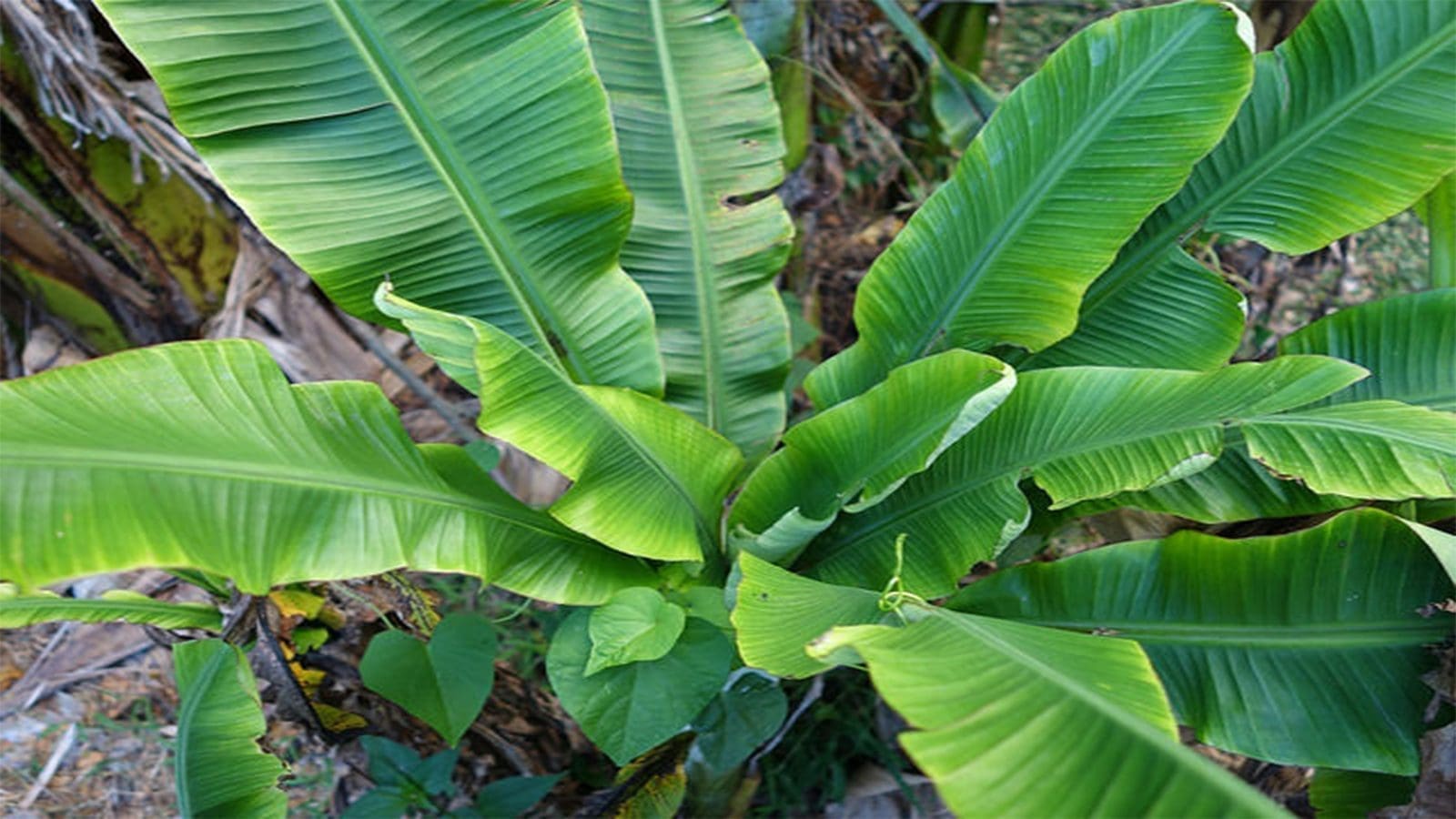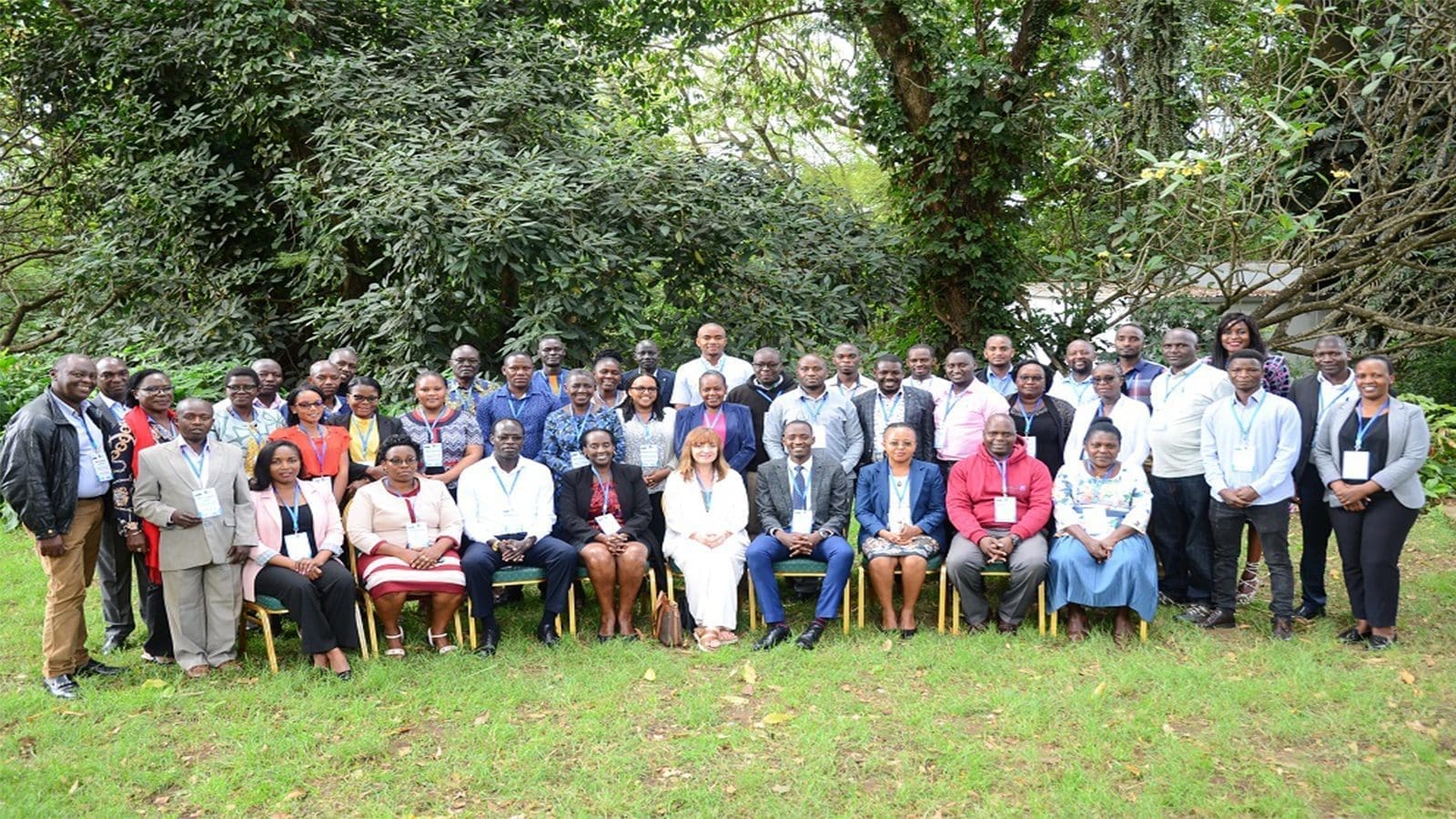UGANDA – The Ministry of Agriculture Animal Industry and Fisheries (MAAIF) of Uganda has discovered a new disease that attacks banana plants, stunting their growth and thus reducing production capacity.
According to Ugandan Department of Crop inspection and certification (MAAIF), the Banana Bunchy Top Virus (BBTV) disease was confirmed in 2020 in districts of Arua, Kasese, Zombo. They are now undertaking a survey to determine how widely it has spread in the country.
Joab Tugume, a Senior Agricultural Inspector in charge of plant Quarantine and Import Regulation under MAAIF, the high-risk areas in Uganda obtain banana planting materials that are infected from neighbouring country Congo.
MAAIF is conducting a delimiting survey to determine the extent of the spread of BBTV.
“We characterized the regions and determined the high-risk areas like West Nile, Zombo, Adjumani, Arua, Nebbi, and midwestern areas like Bulisa, Hoima, and Masindi. These were considered to be high risk because their neighbours in Congo come with banana planting materials that are already infected.
“In the southern western districts of Rakai, Isingiro, Ntungamo, Kabale are equally at risk because they neighbour Rwanda and Tanzania,” Tugume said.
The disease causes banana plants to stunt, narrow leaves, dark green streaks on petioles and midribs as well as lose production of bunches. It can wipe out plantations in 3 to 5 years.
“The disease has the capacity to wipe out banana gardens within 3 to 5 years unless farmers practice the control measures such as the proper destruction of affected stems, control of aphids, and clean planting materials.
“The affected plant also shows a rosette-like or bunchy and choked appearance which makes the plant produce hardly any bunch,” Tugume said.
He further noted that the disease is spread by aphids and planting infected suckers.
Mr. Hebert Musiimenta, the Principal Agricultural Inspector MAAIF advised farmers to first consult agriculture officers in their areas to pick planting materials in order to contain the spread of the disease.
“Farmers should stop getting banana planting materials from Nebbi, Zombo, Arua, Maracha, Kisoro, Kabale, Ntungamo, Isingiro and Koboko, Bunyangabu, Kasese, Kabarore, and Bundibugyo because these are considered to be high-risk districts,” he said.
Tanzania becomes first BBTV victim in East Africa
Last year, Tanzania’s agricultural scientists discovered the disease for the very first time after DNA samples from Buhigwe district in Kigoma region tested positive.
Although the disease was first reported in sub Saharan Africa in the 1950s, Tanzania’s case was a first time in the East African region.
The disease was first reported in the Democratic Republic of Congo (DRC) and has since spread to 15 countries.
It had a devastating effect on banana production in Malawi in the 1990s. Between 1913 and 1920, it nearly wiped out the banana industry in Australia.
The viral disease can be controlled by eradicating infected mats and replanting with healthy planting material to recover banana production.
However, in the absence of resistant varieties of banana against BBTV, the most common is chemical control of the aphid vectors.
Another way to help control the virus is to remove and destroy any infected plants before the virus can spread.
Uganda has the highest per capita consumption of bananas in the world. Tens of millions of people depend on the fruit as a source of food and income.
Africa accounts for 17 percent of the global production of an estimated 100million tonnes of banana.
For all the latest food safety news from Africa and the World, subscribe to our NEWSLETTER, follow us on Twitter and LinkedIn, like us on Facebook and subscribe to our YouTube channel.








